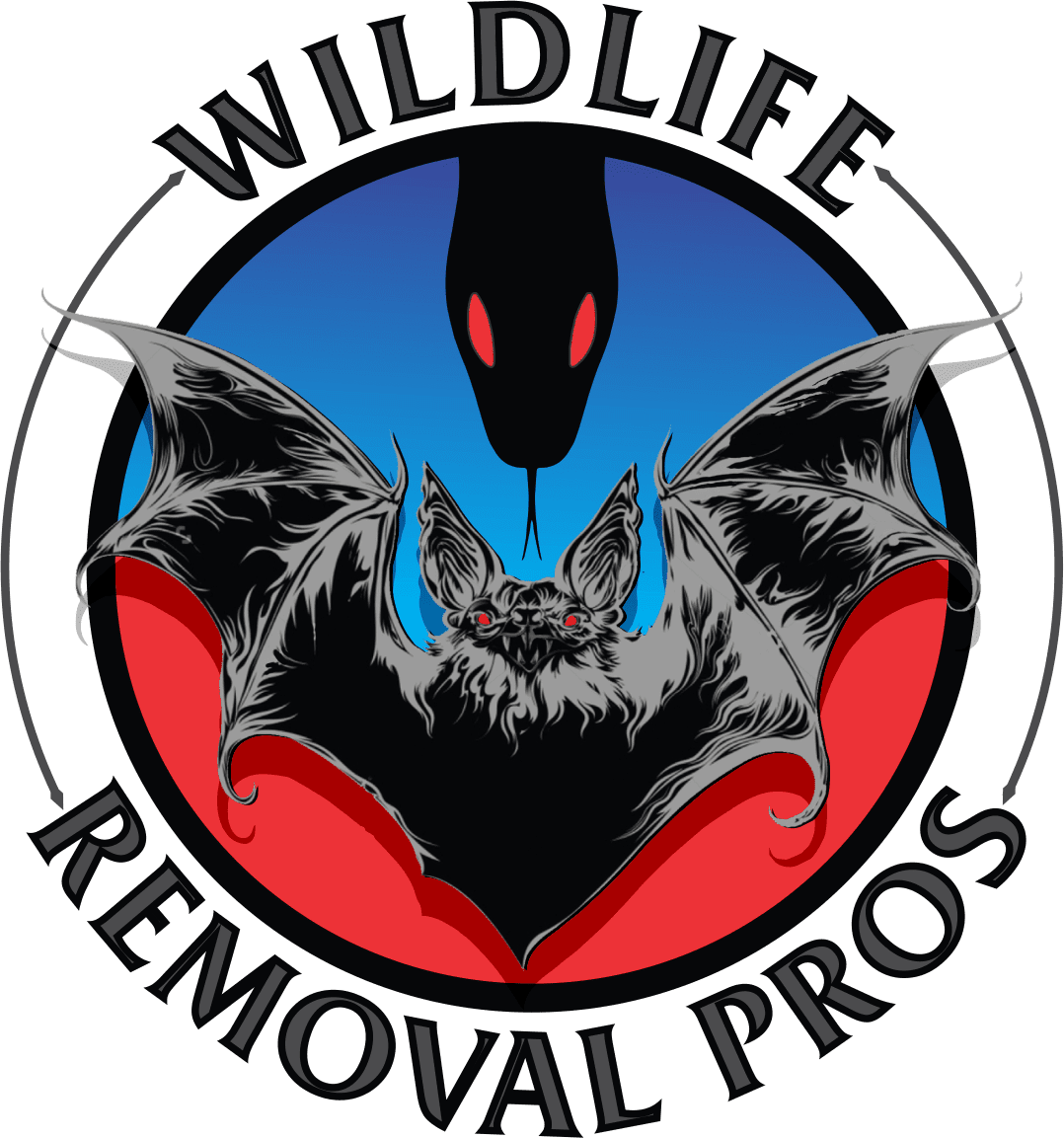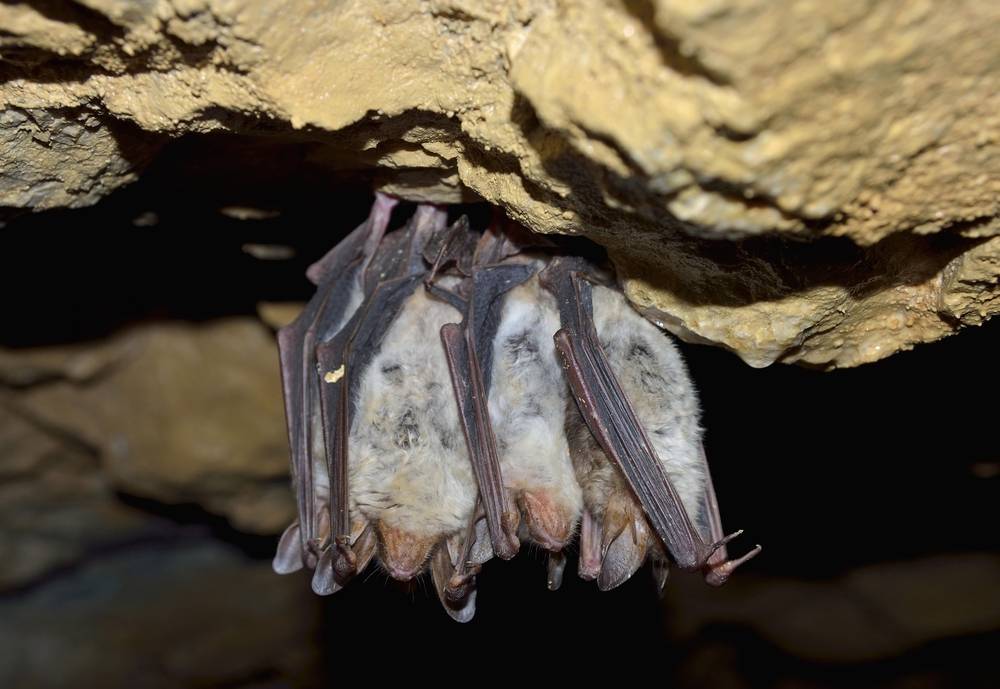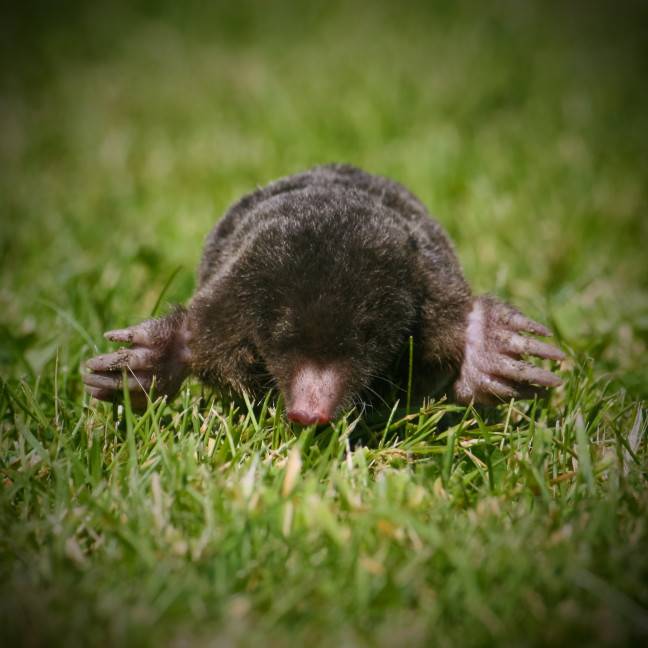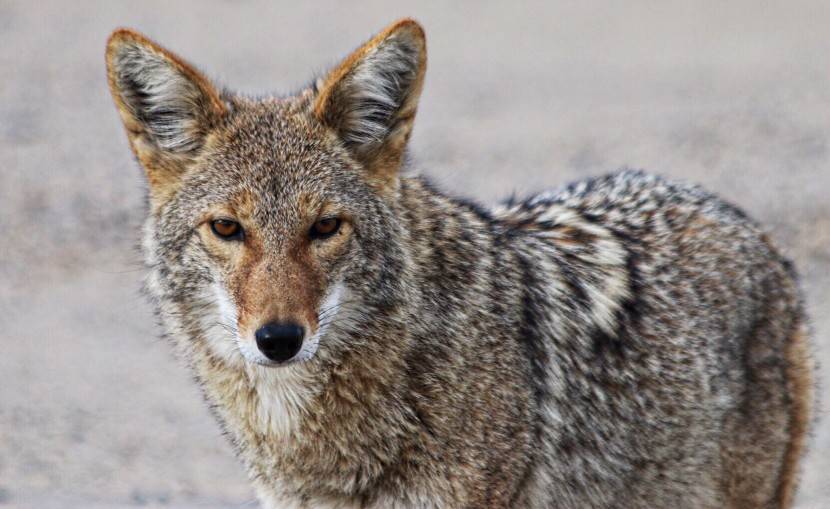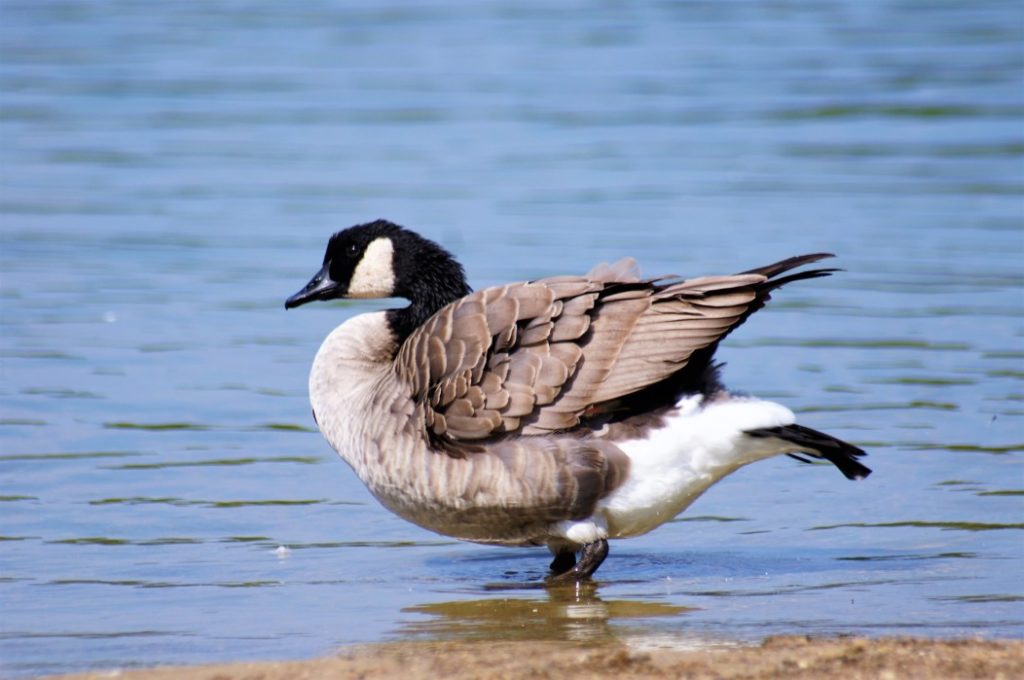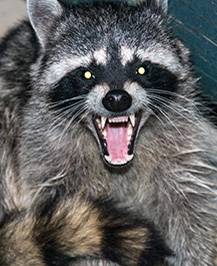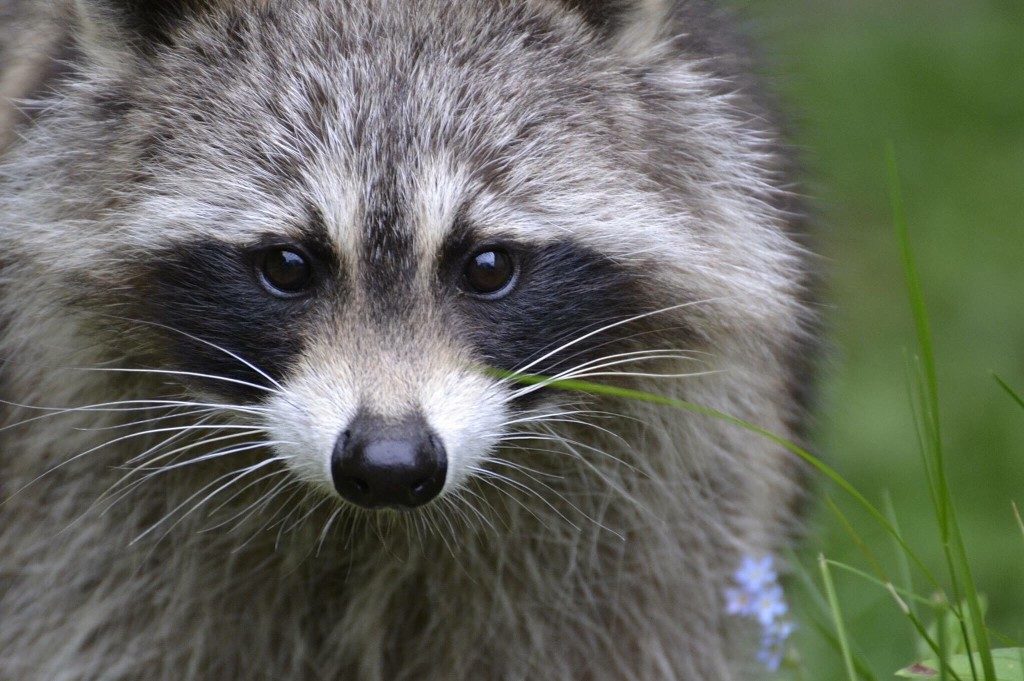
Rabies Present in Kentucky
The virus that can harm animals and humans
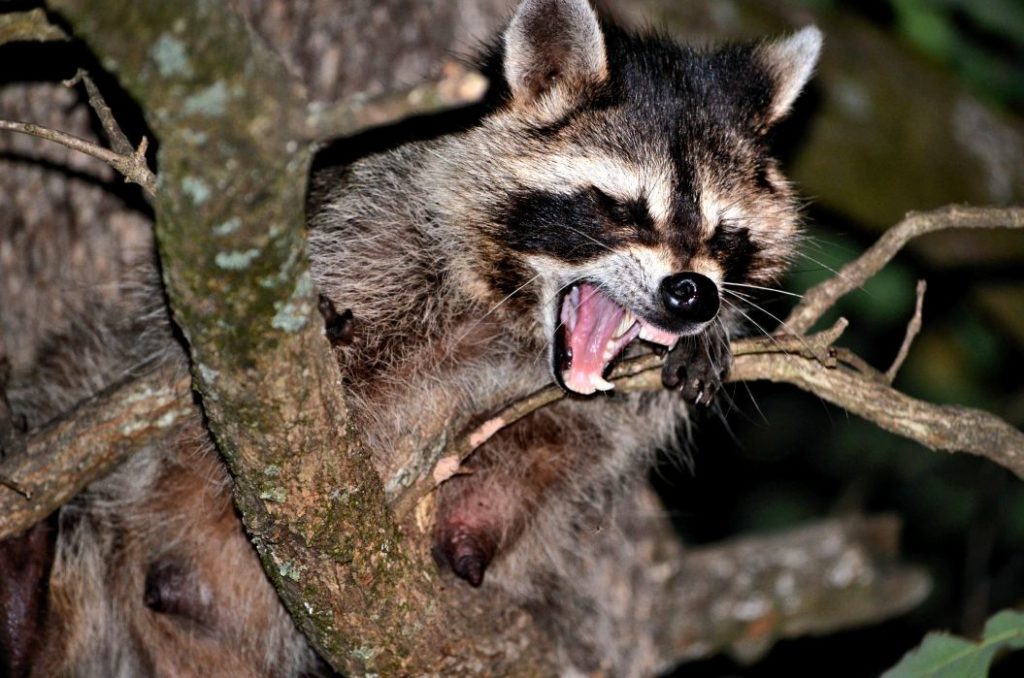
The USDA in collaboration with the Kentucky and Tennessee Departments of Public Health dropped rabies vaccine baits. This was in an effort to protect people and their pets from the potential spread of the deadly virus. The baits were dropped throughout the month of October in certain parts of Eastern Kentucky. Since that time, they have had no new cases of rabies in the area, which is attributed to the efforts by the USDA and Public Health departments.
Earlier this year, a dead bat found at the Louisville Zoo was tested positive for the rabies virus. The bat was not one of the zoo’s own, so was considered wild and found in the public walkways of the zoo. The zoo and department of health reminded people that if they are unvaccinated, they should never handle a wild animal, living or dead.
For more information on rabies and animal removal, visit Wildlife Removal Pros.
USDA, public health departments, drop rabies vaccine baits
The United States Department of Agriculture (USDA) and the Tennessee and Kentucky Departments of Public Health partnered to protect people and pets from any threats of rabies by dropping oral rabies vaccine baits (ORV).
The oral rabies vaccine baits were dispersed from October 3rd-20th through parts of Eastern Kentucky after a raccoon in the Big Stone Gap area of Virginia tested positive for rabies a few years ago.Since then, they have not had any cases in those areas, which officials conclude to be a successful vaccination.
Summary: The USDA in collaboration with the Kentucky and Tennessee Departments of Public Health dropped rabies vaccine baits. This was in an effort to protect people and their pets.
Wild bat at Louisville Zoo tested positive for rabies
A wild bat found at the Louisville Zoo earlier this week tested positive for rabies, according to a release from the Louisville Metro Department of Public Health and Wellness.
The deceased bat, which was not a part of the Louisville Zoo’s animal collection, was found on the public walkway near the Louisville Zoo’s “Tiger Taiga” exhibit on September 9. Learn more
Summary: Earlier this year, a dead bat found at the Louisville Zoo was tested positive for the rabies virus. The bat was not a part of the zoo’s population.
Wild bat found at the Louisville Zoo tested positive for rabies https://t.co/kbmuP5KoCF
— Courier Journal (@courierjournal) September 13, 2019
